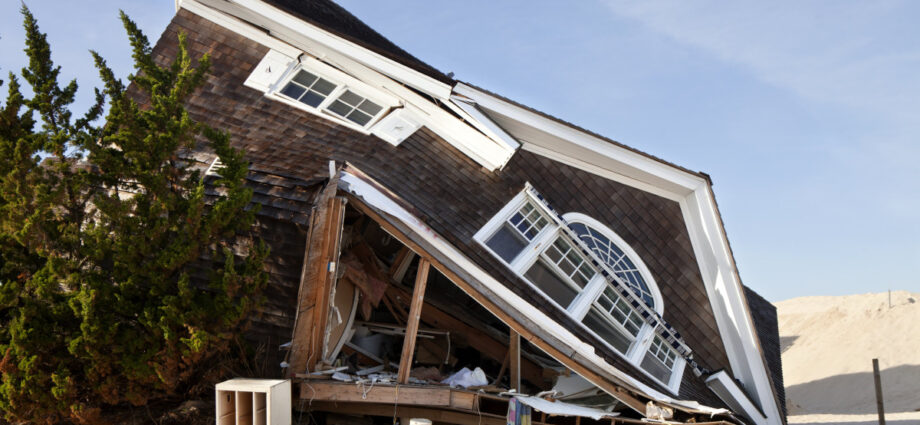Hurricane damage cleanup is a critical process to restore your home after the storm passes. Hurricanes can leave behind significant destruction, including flooding, broken structures, and debris. Acting quickly and knowing the steps involved in the cleanup process can save you time, money, and prevent further damage. Whether you are dealing with water damage, broken windows, or structural issues, understanding how to approach hurricane cleanup helps ensure your home is restored safely and efficiently.
Here are some ways in which hurricane damage cleanup is critical process for restoring your home.
Assessing structural damage
After a hurricane, one of the first steps is assessing the structural damage to your home. High winds and heavy rain can weaken roofs, walls, and foundations. It is important to check for visible cracks, sagging roofs, or collapsed walls. A professional inspection may be required to ensure that your home is safe to re-enter. Acting quickly prevents further collapse or additional structural damage.
Water removal and drying
Flooding is a common issue after hurricanes, and removing standing water is crucial. Leftover water can cause mold growth, weaken walls, and damage floors. Water extraction, followed by thorough drying, is essential to prevent long-term water damage. Dehumidifiers and fans can help speed up the drying process, ensuring that hidden moisture is eliminated to avoid mold growth.
Debris and hazardous material removal
Hurricanes often leave a trail of debris, including fallen trees, broken glass, and damaged property. Clearing away debris safely is a key aspect of hurricane damage cleanup. Protective gear should be worn to prevent injury from sharp objects or hazardous materials, like exposed wires or chemicals. Proper disposal of hazardous materials ensures that the cleanup process remains safe for everyone involved.
Mold prevention and remediation
Mold growth is a significant concern after hurricanes, especially when water has entered the home. Mold can begin growing within 24 to 48 hours of water exposure. During cleanup, it is crucial to check for mold and address it immediately. Professional mold remediation services may be necessary to remove mold and sanitize affected areas, preventing health risks and further damage.
Restoring and rebuilding
The final stage of hurricane damage cleanup is restoring and rebuilding the affected areas of your home. This may include repairing roofs, replacing damaged drywall, and restoring flooring. It is important to hire qualified professionals to ensure the rebuilding process meets safety standards and restores your home to its original condition.
Final thoughts
Hurricane damage cleanup involves assessing structural damage, removing water, clearing debris, preventing mold, and restoring your home to ensure safe living conditions.

